Did you know that raspberries are available in more colors than red and black?
How would you like to grow golden raspberries? These range from champagne to darker yellows to a rich orange color. Amethyst-colored purple raspberries are rarer but are worth the search.
Not all raspberries are borne on canes. Some raspberries get no more than six inches tall and creep along the ground!
Come discover the colorful (and flavorful) world of raspberries!
Jump to:
Colorful Raspberry Cultivars
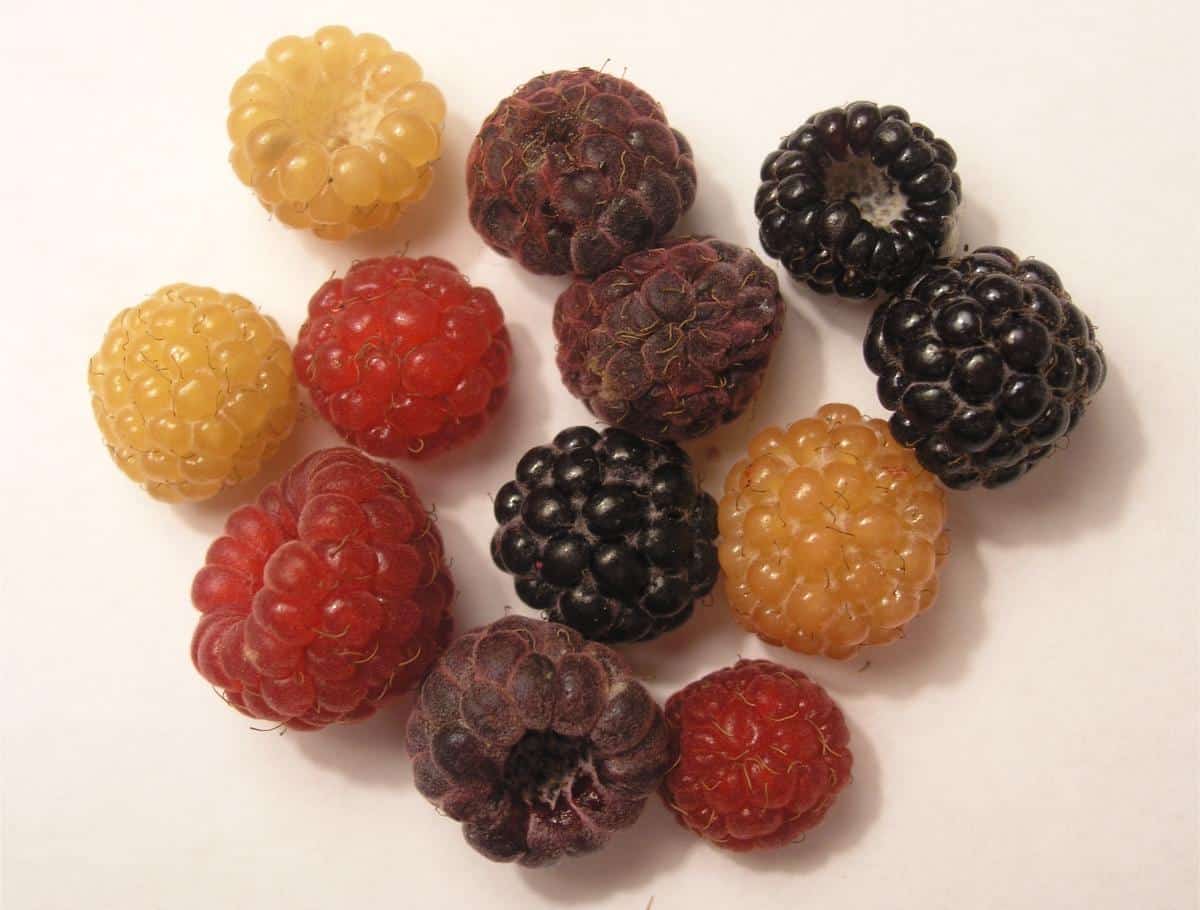
Raspberries make a delicious addition to any vegetable garden or food forest. These hardy plants can thrive in a variety of soil types and are known for their tasty and nutritious fruits.
Each raspberry color offers a different type of flavor. The reds are sweet and tart. Black raspberries deliver a bold sweetness to your taste buds. Yellow raspberries have a mellow honey taste.
Read more about edible gardening.
Note: Not all raspberries perform the same all around the world. Sometimes, a raspberry that grows well in the United Kingdom might not be as vigorous in the midwestern United States, and vice versa. Plants really do have minds of their own, and they definitely have preferences that we, as humans, have to figure out.
Red Raspberries
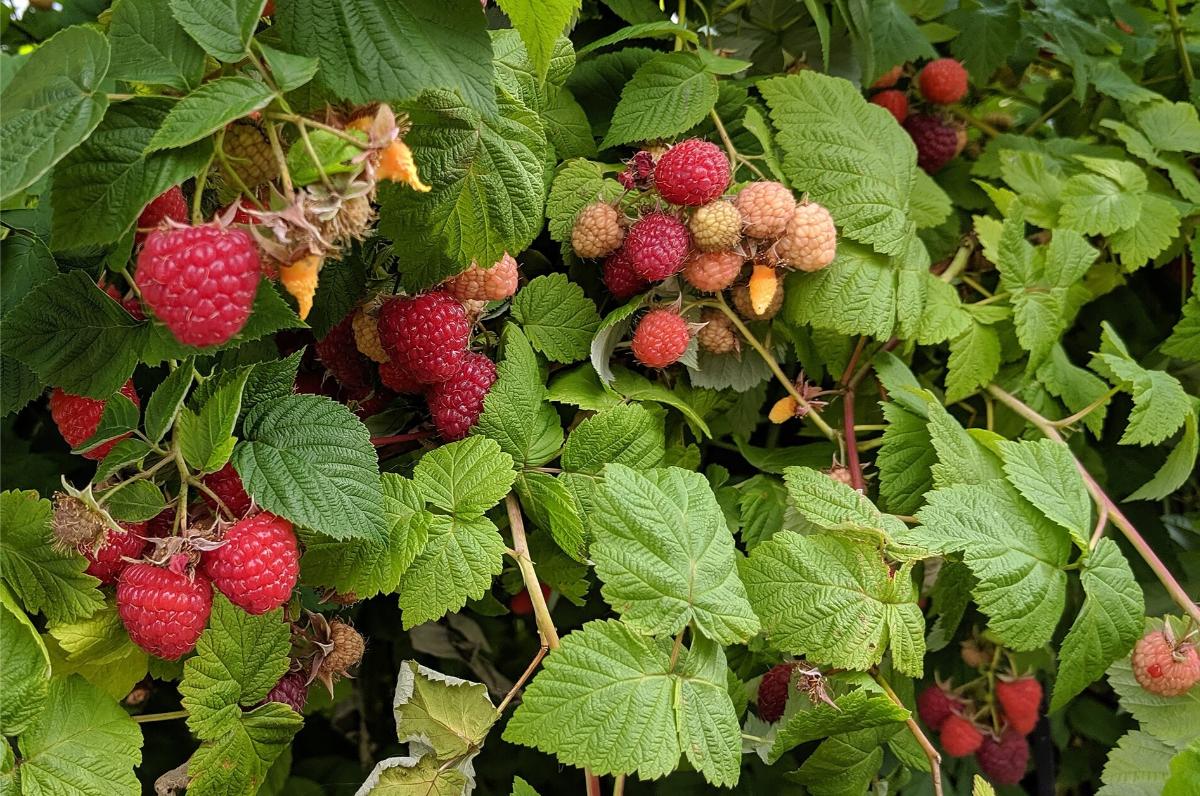
| Common name: | Red Raspberry |
| Scientific name: | Rubus idaeus |
| Form: | Shrub |
| Size: | About 4 to 6 feet tall |
| Sun or shade: | Full sun with afternoon shade |
| Hardiness: | Zones 2 to 10 |
‘Tulameen’
This red raspberry can grow up to 6 feet high – fortunately, it’s thornless – and in the hottest part of summer, it bears heavenly-sweet deep-pink raspberries. This excellent variety is seen more often in the United Kingdom. Hardy in zones 6 to 9. Available at Raintree Nursery.
‘Caroline’
A huge producer that provides a bonus fall crop of raspberries. ‘Caroline’ doesn’t tolerate high heat and humidity, but this can be mitigated by planting this red raspberry, which gets some shade in the hottest parts of the day. Hardy in zones 5 to 8. Available from Stark Bros.
‘Josephine’
This red raspberry produces delicious monster berries twice as big as the others. The taste is off the charts. ‘Josephine’ thrives in hotter climates.
‘Bababerry’
Everbearing red raspberry that grows well in the hot south and in areas with mild winters. Hardy from Zone 6 to 10. It even grows well in Hawaii. Available from Scenic Hill Farm Nursery.
Black Raspberries
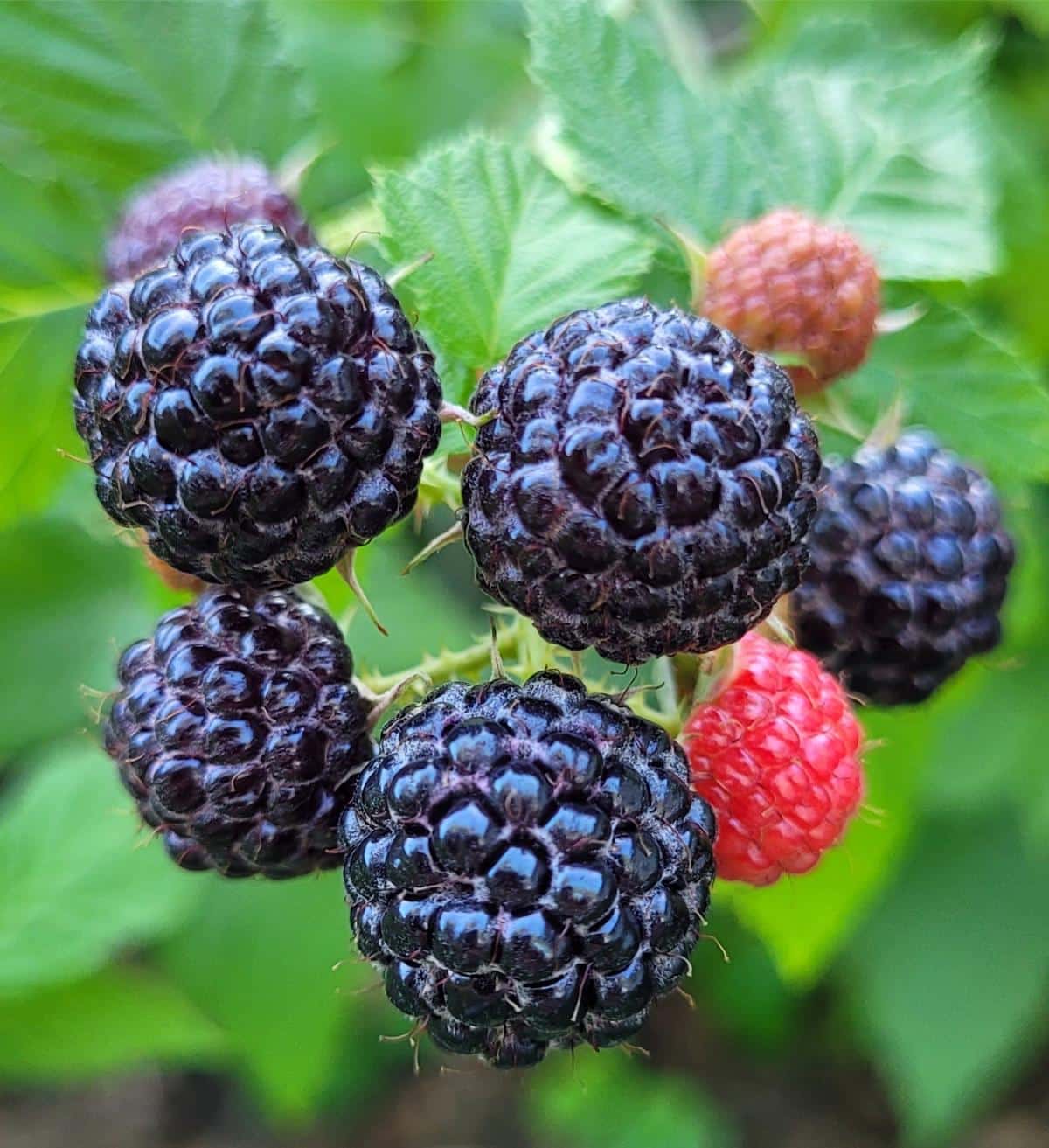
| Scientific name: | Rubus occidentalis |
| Form: | Arching canes |
| Size: | About 3 to 6 feet tall |
| Sun or shade: | Full to part sun |
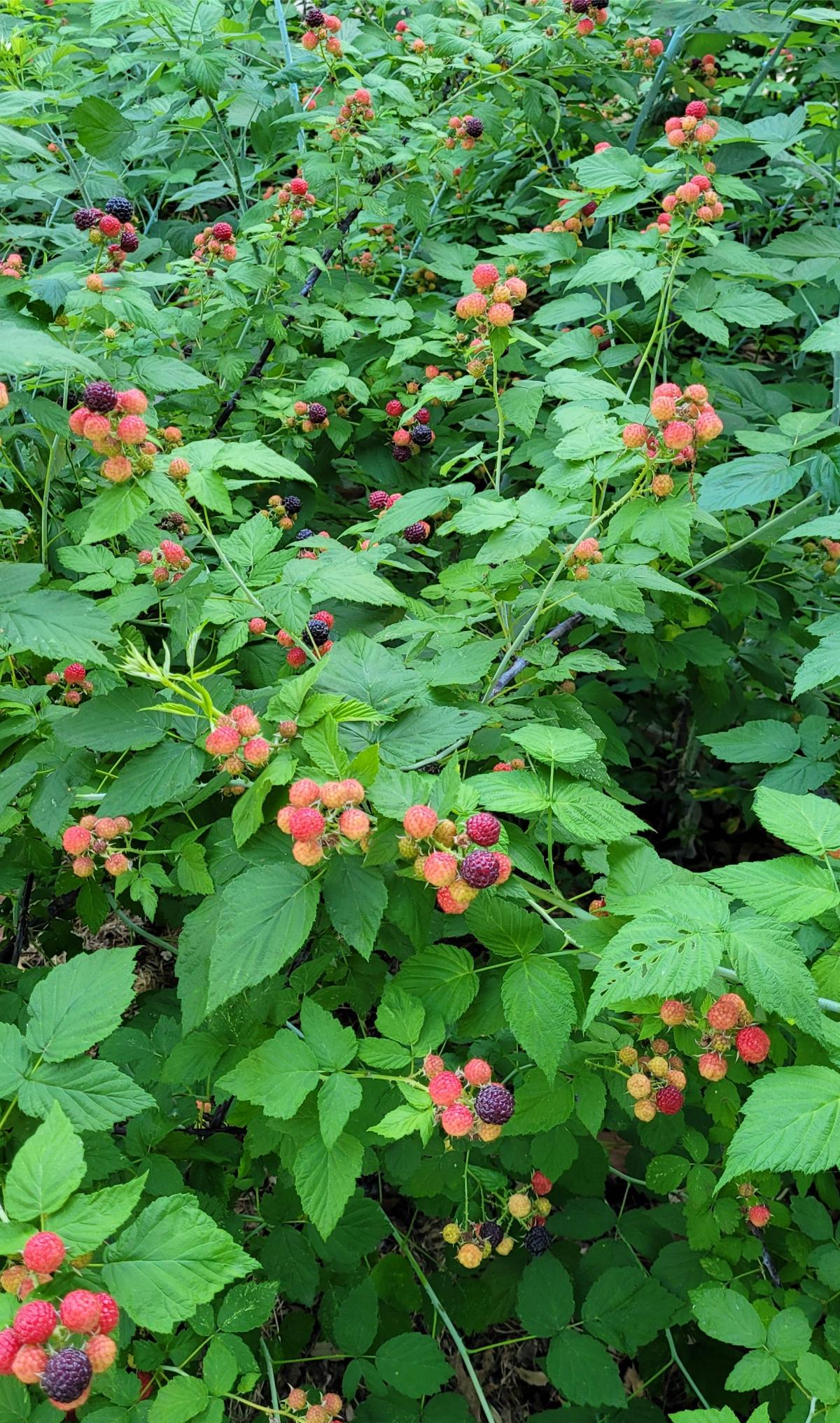
‘Jewel’
This old favorite is a standard black raspberry. Larger and sweeter fruit is its hallmark. It bears abundant berries in summer and then it’s done for the year, alas! Hardy to zones 4 to 8.
‘Niwot’
‘Niwot’ is the first black raspberry to grow as a primocane! That means that it bears fruit in late summer until frost!
It will need to be cared for differently than other raspberries. When new canes are about 3 feet tall, snip off the tips. This will cause the canes to grow side shoots – and these are the branches that will bear flowers and then raspberries.
It will need to be trellised. Give it additional space to spread. Hardy in zones 5 to 8.
Read more by Rosefiend Cordell, horticulturist.
Golden Raspberries
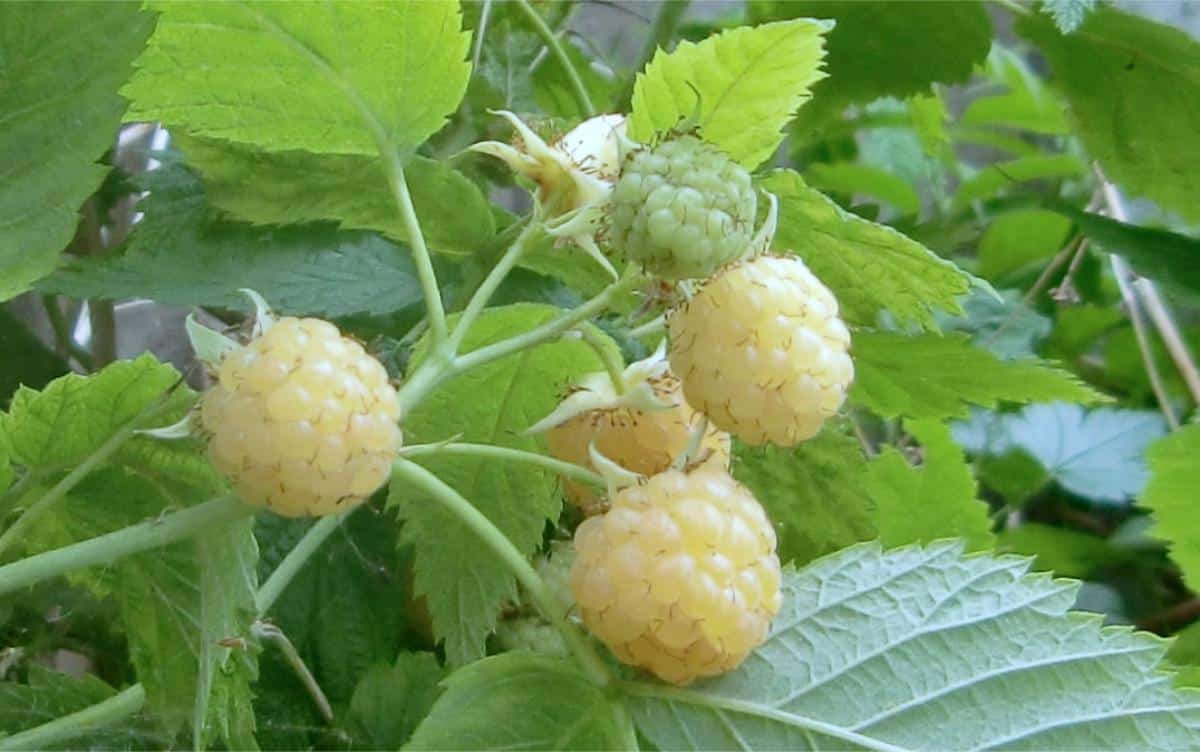
| Common name: | Yellow raspberries, heer, molte, cloudberry |
| Scientific name: | Rubus idaeus ssp. strigosus |
| Form: | Shrub |
| Size: | About 4 to 6’ tall |
| Sun or shade: | Full sun with afternoon shade |
| Hardiness: | Zones 2 to 10 |
‘Anne’
‘Anne’ produces a large yellow berry that has fewer seeds than other raspberries. It’s also a prolific bearer with great cold hardiness and grows well in temperate to cool climates. Stake or trellis these to keep them from falling over from the weight of all its raspberries. Ripens in fall through frost. Zones 4 to 9.
‘Fall Gold’
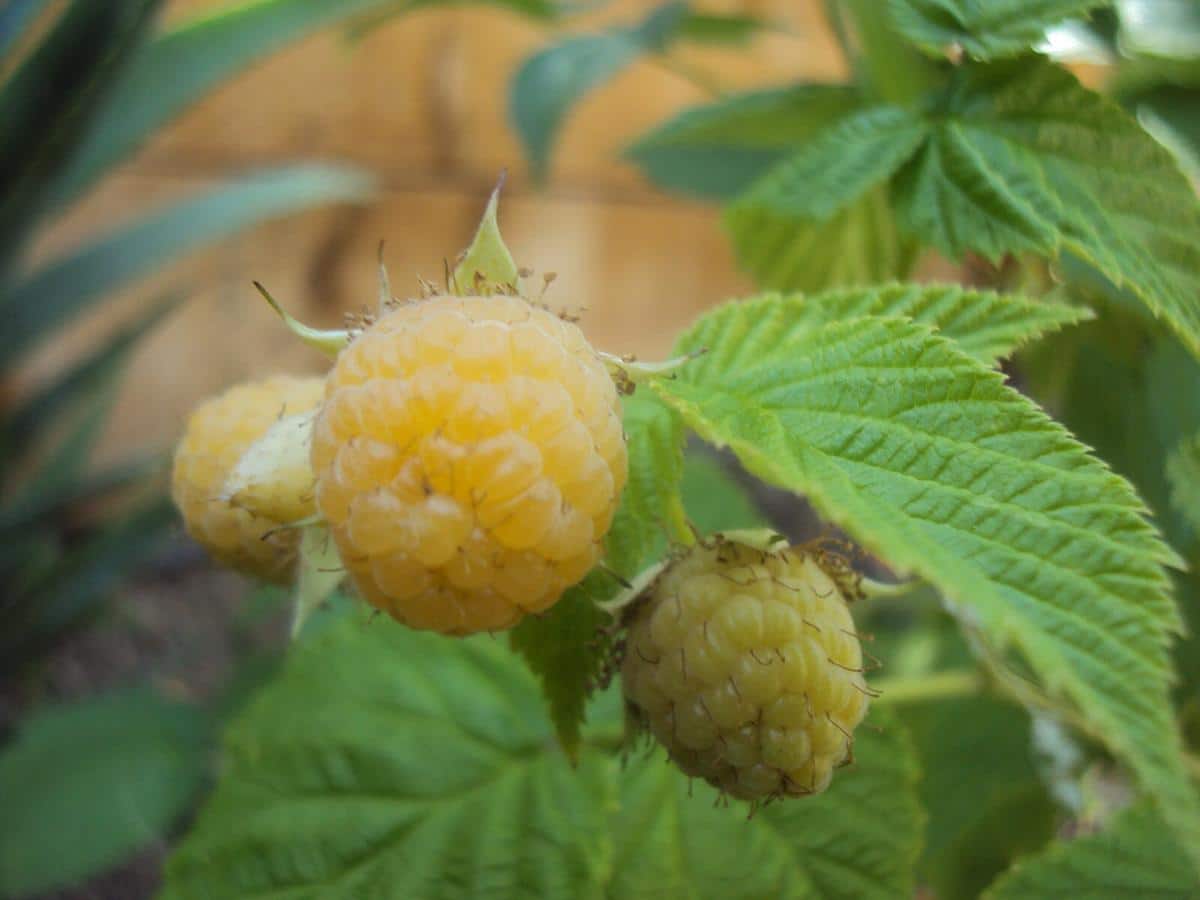
Fall Gold is prolific for a small plant. It's a favorite for fresh eating, sweet with less acidity. The berries are small and abundant and easily slipped off the stem when fully ripe. Berries appear in summer, and ‘Fall Gold’ will produce a bonus fall crop as well. Don’t cut back the bearing canes until after the second harvest. Hardy in zones 3 to 9.
Orange Raspberries
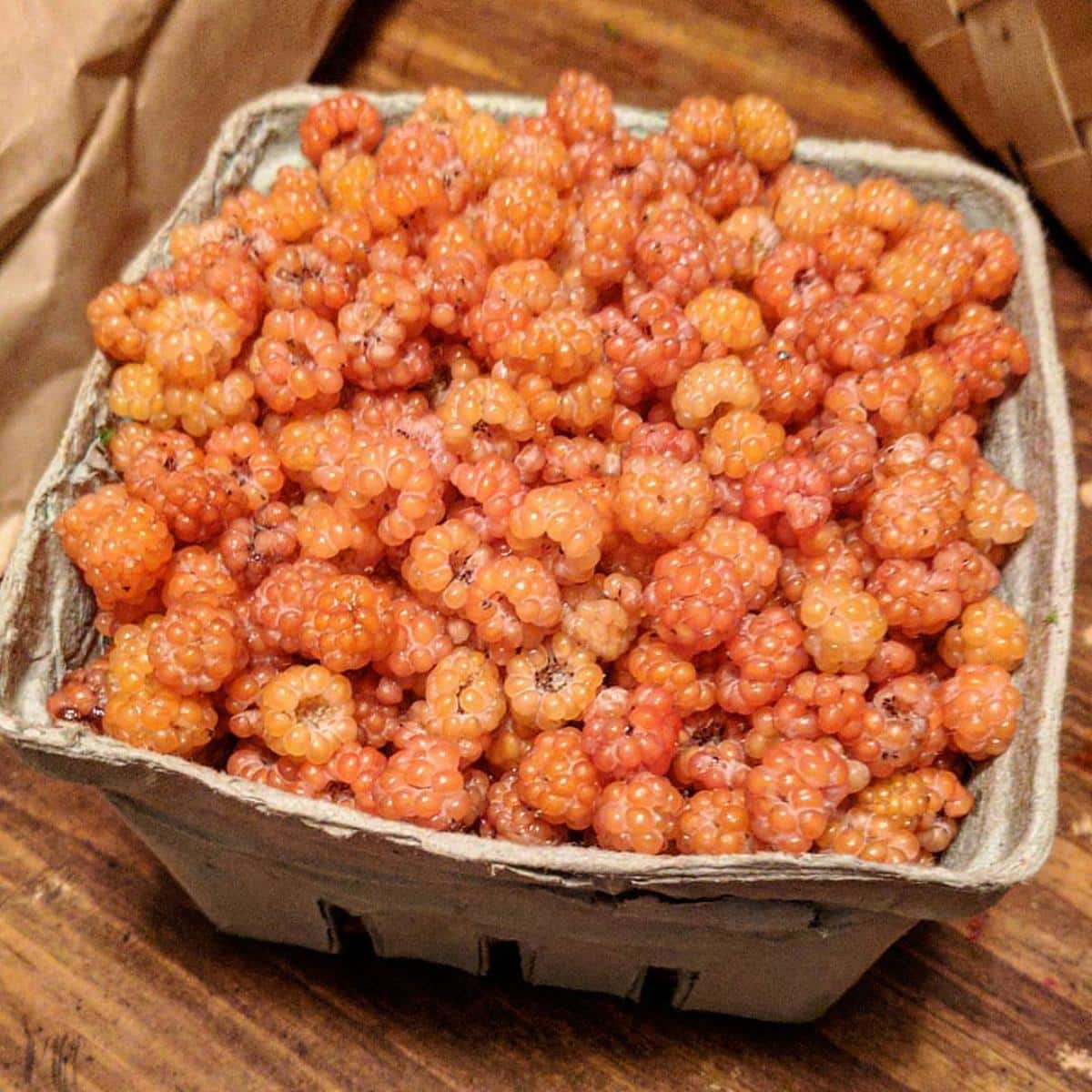
‘Marg’s Golden Black Raspberry’
This is apparently a mutation of wild black raspberry, and it bears golden-pink and golden-orange berries! These raspberries are sweet and tart but also have a wintergreen flavor – which sounds odd but is somewhat addictive.
This is available via seeds only, i.e., botanical samples, at this time. It’s unknown at this point whether these raspberries will grow true to seed, though it’s likely that the second-generation offspring will. If you’re a raspberry breeder or simply a raspberry fan, and you’d like to give this raspberry a whirl, get on the wait list at the Experimental Farm Network. They are sold out of these raspberry seeds at the moment, but they’ll notify you as soon as more are available for sale.
While you’re waiting for seeds, check out the work that the Experimental Farm Network is doing. They’re a collaborative group of volunteers that do incredible work with sustainable plant breeding.
‘Double Gold’
Its name says gold, but the ripe berry is more of a rosy-orange champagne color. It’s an everbearing raspberry, which means you get two harvests from this variety! The first crop appears in the fall, and the second crop is borne on the same canes the next summer. Vigorous grower, disease-tolerant, and will sucker freely.
Purple Raspberries
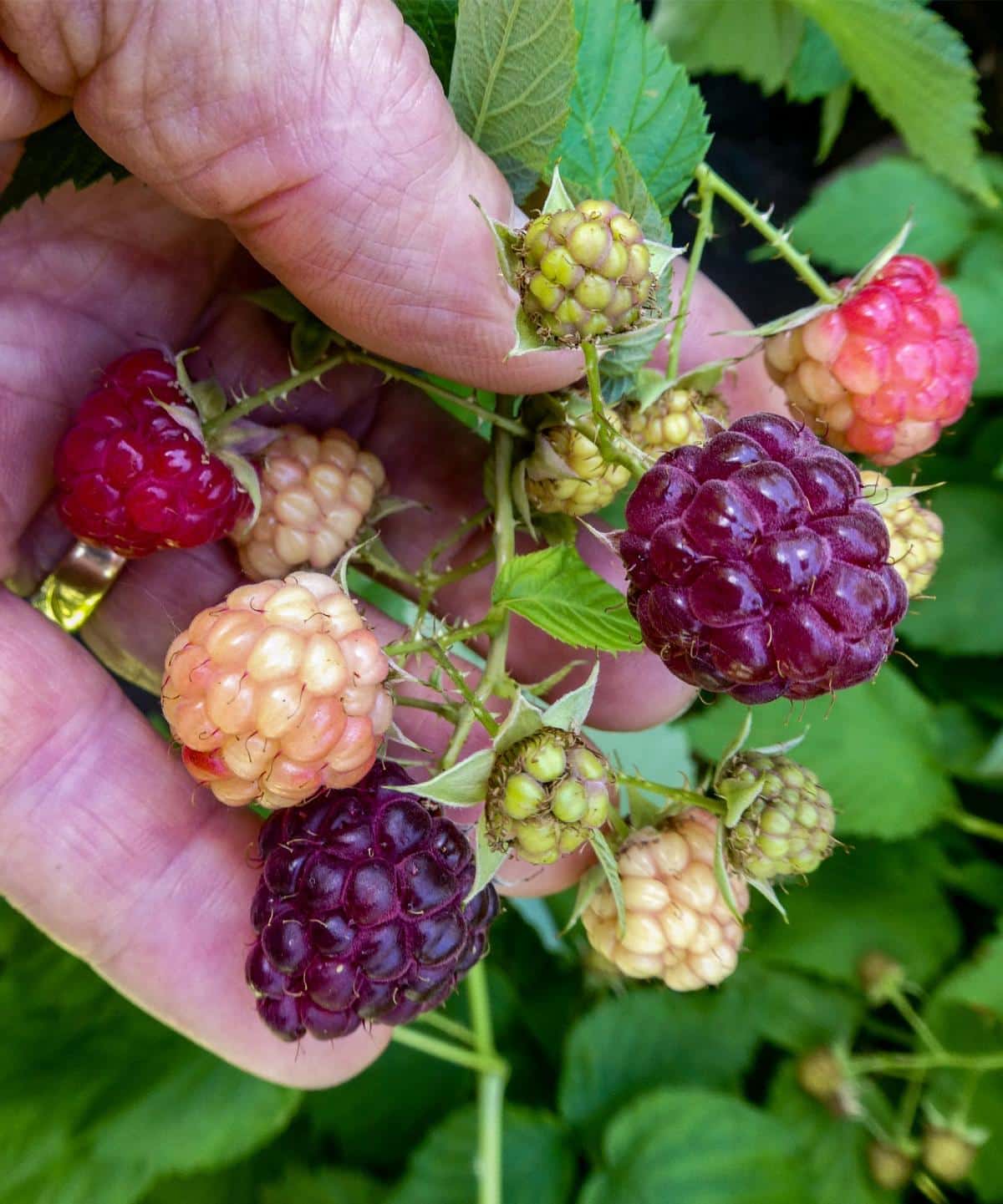
‘Amethyst’
This purple raspberry was developed by Iowa State University and first sold in 1951. It all but vanished from the garden world until Jim Walla of North Dakota rescued it from oblivion. ‘Amethyst’ bears large, purple raspberries for six weeks in late summer. They taste great for off-the-vine eating, as well as in pastries and wine. What’s more, it won’t take over your yard – these plants stay put. Hardy from zones 1 to 7.
It’s available from Hartmann’s Plant Company, though there may be a waiting list.
‘Royalty’
This purple raspberry is best for jams, jellies, or wine. Royalty produces huge fruits and has smaller seeds than other raspberry varieties, and it has a subtle, sweet flavor. Late season, hardy in zones 4 to 8. Available from Berries Unlimited.
‘Glencoe Purple Thornless’
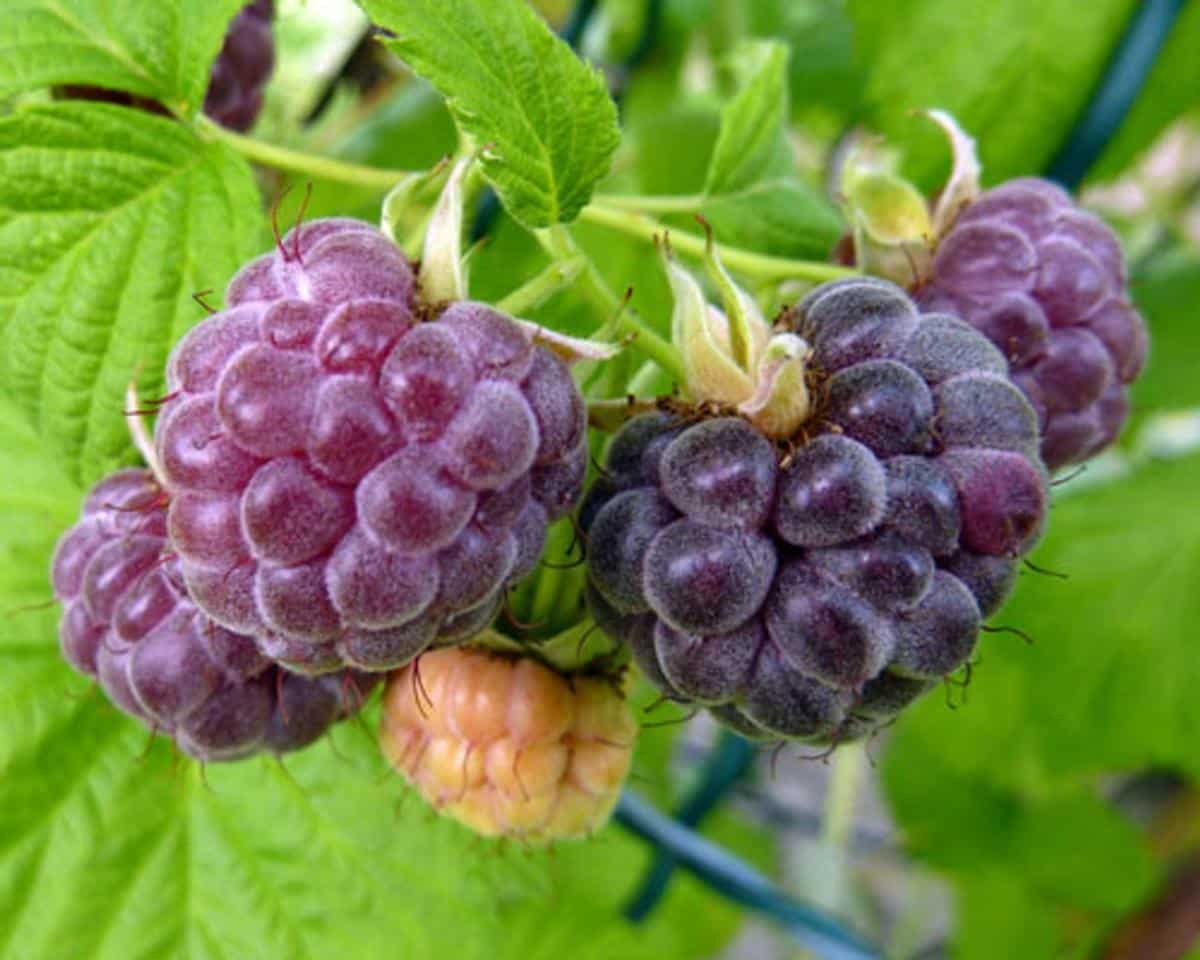
Glencoe was a black and red raspberry cross developed by the Scottish Crop Research Institute. It’s an outstanding dessert berry, soft and juicy. This purple raspberry tends to fruit a bit later than ‘Royalty.’ And it’s thornless! Available from Berries Unlimited.
‘Brandywine’
A purple raspberry is bred from a cross between a red and a black raspberry. It is less invasive and doesn’t sucker out into a huge bramble.
Hardy in zones 4-8; Zone 3 growers might see winter dieback. ‘Brandywine’ ripens in the summer. Canes are large, very erect, and seldom bend over with fruit. Plant 30″ apart.
Creeping Raspberry (it’s orange!)
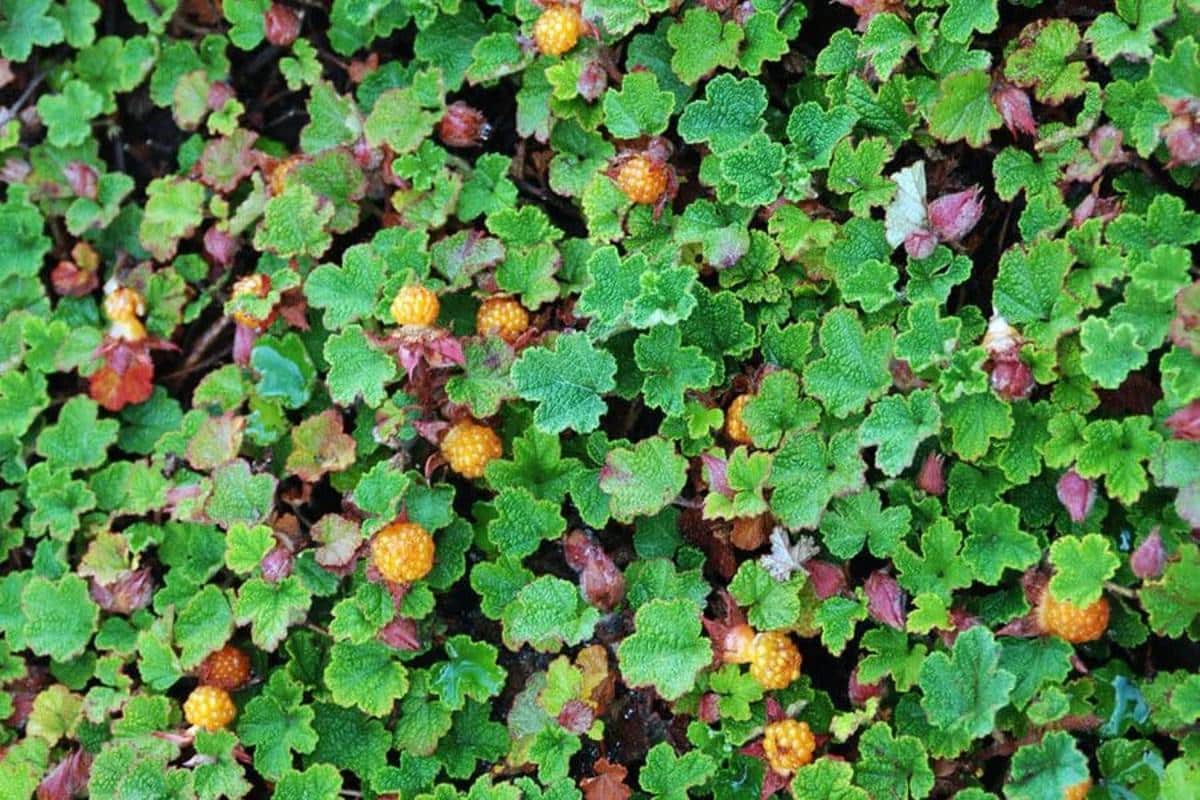
‘Emerald Carpet’ Creeping Raspberry
| Scientific name: | Rubus pentalobus |
| Form: | Creeping groundcover |
| Size: | About 4 to 6 inches tall |
| Sun or shade: | Full to part sun |
| Hardiness: | Zones 6 to 10 |
‘Emerald Carpet’ is a creeping raspberry that grows only a few inches tall and makes good groundcover!
Native to the alpine forests of Mt. Hehuan in central Taiwan, this evergreen raspberry has leaves that resemble geranium leaves. In fall they turn copper-colored (some say raspberry-colored) and stick around through the winter.
‘Emerald Carpet’ is durable, good for erosion control, and has a great texture for the landscape. Its stems are fuzzy and appear to be thornless! It appears to take some shade, but the plant needs at least 4 hours of light daily to prosper. It will spread over a 5-foot area in about 3 years.
The orange raspberries appear in summer, and they’re tasty, but the plant isn’t a consistent fruiter. Still, this attractive little plant provides erosion control and bonus raspberries – what’s not to like?
The ‘Emerald Carpet’ raspberry will be available at Raintree Nursery (it’s currently sold out, but they have a sign-up list to notify you when they’re back in stock).
Read more:
- How to Create an Edible Landscape and 5 Reasons Why You Should
- 22 Ornamental Plants to Grow in an Edible Foodscape Garden
- 23 Best Perennials for an Edible Garden
Cultural Requirements for Raspberries
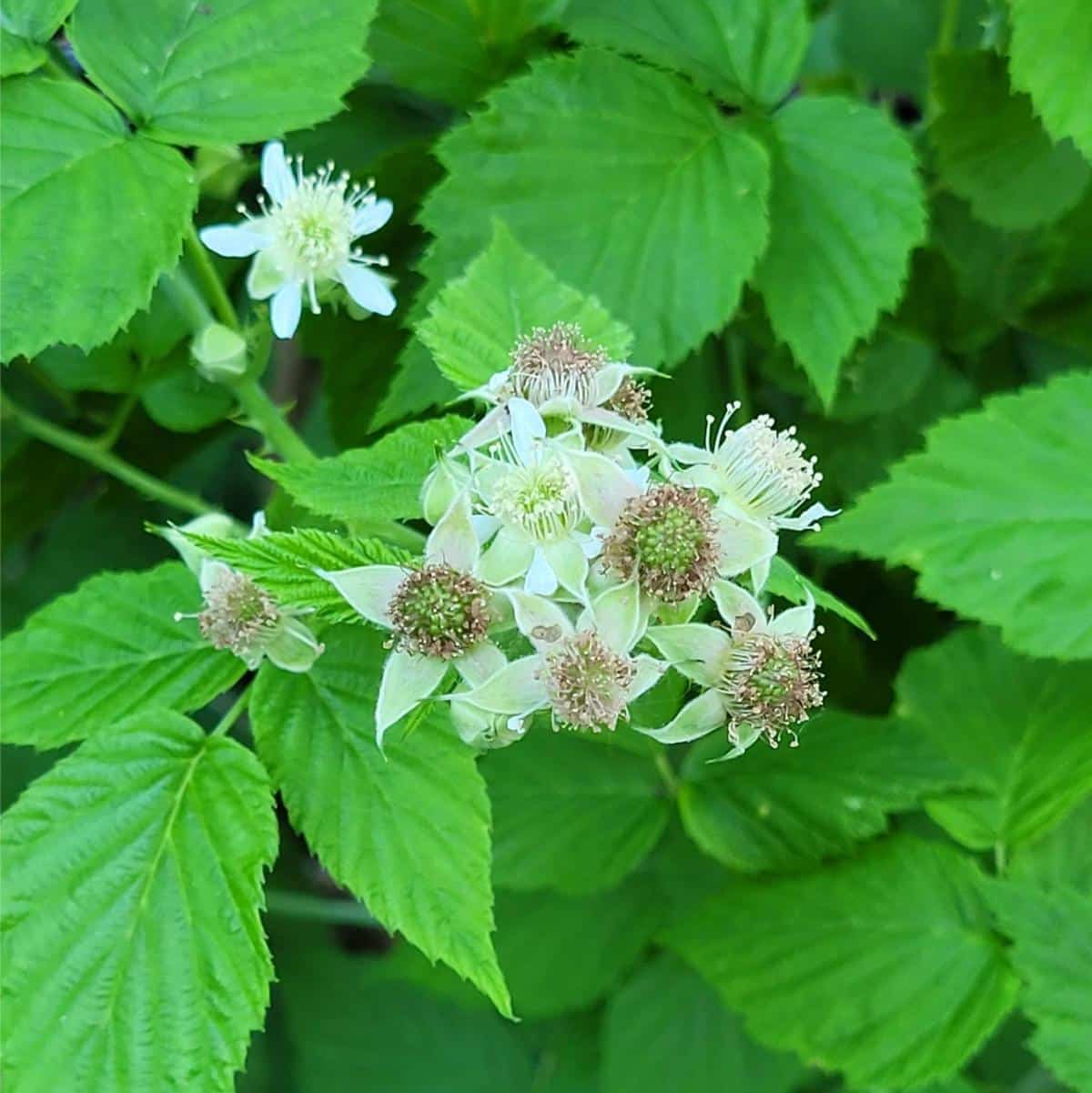
- Height and width: Raspberries vary in size depending on the specific variety, but most can grow up to 6 feet tall and spread out several feet wide. The creeping raspberries grow about 6 inches tall.
- Soil: A well-drained sandy-loamy mixture works well for raspberries. The pH should be neutral – between 5.5 to 6.5. Raspberries rot in waterlogged soils.
- Light: Raspberries prefer full sun but can also tolerate partial shade – which you’ve likely noticed if you meet wild raspberries growing along a fencerow or at the edge of a forest. Yields are lower in partial shade; however, shade raspberries bear a little later than raspberries in full sun, so this can be a way to extend the harvest to a small extent.
- Mulch: Use an organic mulch in dry areas to hold in soil moisture and add nutrients to the soil. Wood chips, cardboard covered with compost or cut-up grass clipping s or chopped up leaves or weeds also works well. Keep the mulch away from the raspberry stems to allow air circulation on the canes.
- Pests and diseases: Raspberries are susceptible to several pests and diseases, including aphids, spider mites, powdery mildew, and raspberry crown borer. Proper pruning and care can help mitigate these issues.
- Fertilizing: Top-dress with compost or organic fertilizer to encourage healthy growth and fruit production. Mulch lightly as the canes are prone to rot in too much mulch. Cardboard mulch with straw on top works well.
- Propagation: Raspberries spread naturally by tip layering. Black raspberry canes will bend until they touch the ground, and then a new plant sprouts where the tip contacts the soil. On raspberries with upright canes, such as the golden varieties, gently bend new green canes until the tips touch the ground for propagation. Raspberries will also send out suckers that form new plants. Many raspberries will form new plants without you having to interfere.
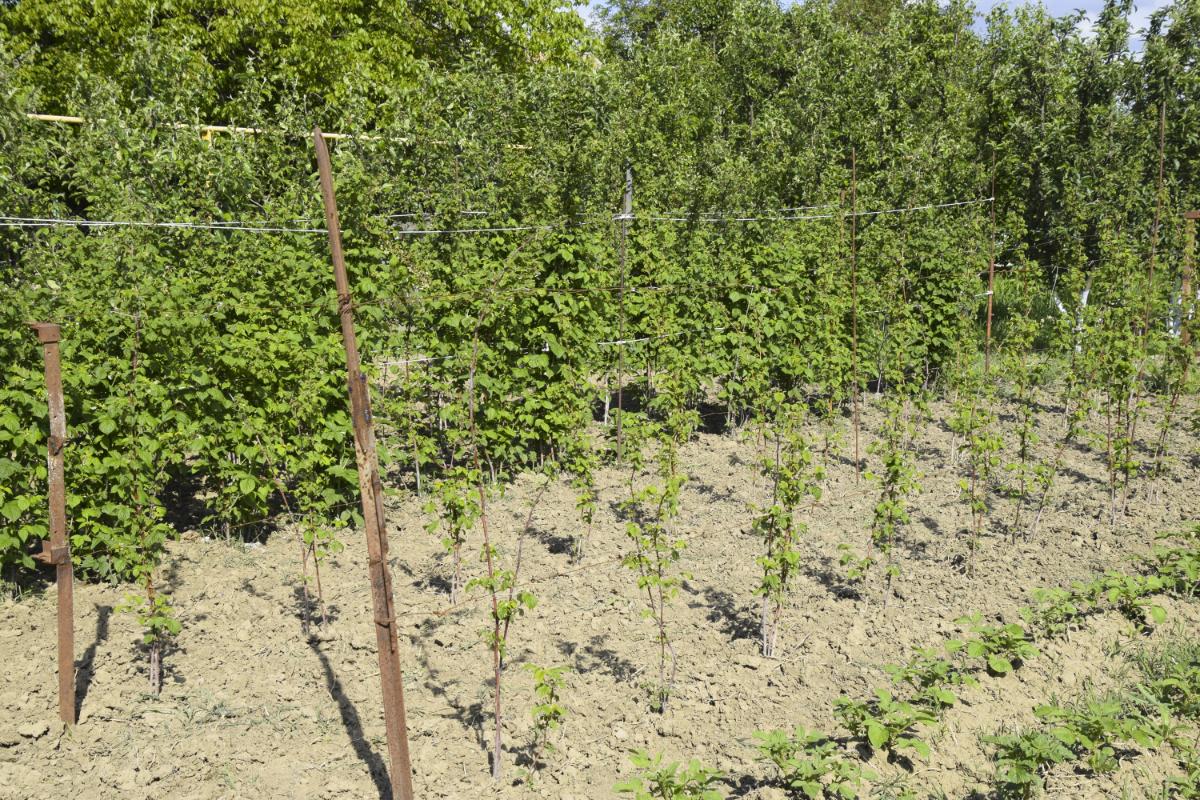
- Provide supports: Provide support for raspberry canes with trellises or stakes. My grandparents would put T-posts at the end of each row, stretch two lines of wire along them, and tie the raspberry canes to them. This made the fruit easier to harvest and (mostly) keep the cane tips from touching the ground so the garden wouldn’t turn into a wild bramble patch.
- Harvesting: When harvesting thorny raspberries, maintain a path through them so you can step into them and get the fruit way off in the back without getting scratched all over. Harvesting regularly encourages new growth and a longer fruiting season.
- Using Raspberries: Eating them fresh is my personal favorite. They can also be used to make pastries, jams, and jellies. Raspberry wine is delicious. They work well in sauces and chili sauce.
Freeze Raspberries for Easy Storage
Freezing the berries is easy. I lay them out on a cookie sheet on top of some aluminum foil and stick them in the deep freeze overnight. Then, I flex the foil and pour it into a resealable freezer bag. Boom, berries.
Out of season, I thaw out about 10 berries, smush them, sprinkle sugar over them, put a couple scoops of unflavored Greek yogurt on top, and mix it all up.
More Edible Garden:

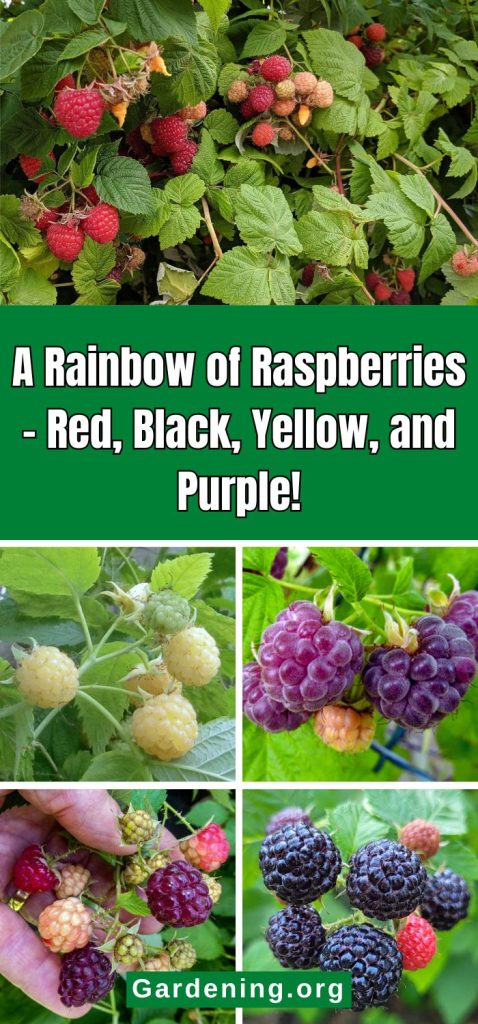
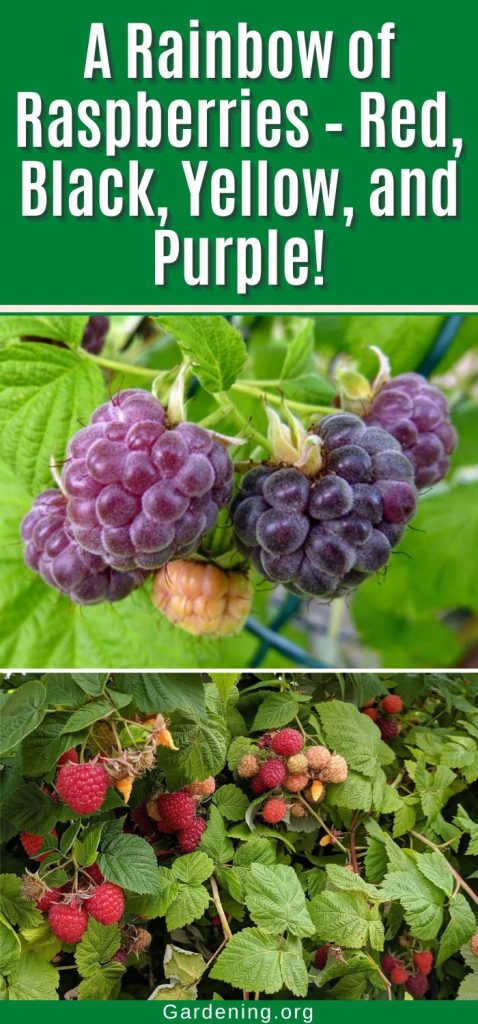
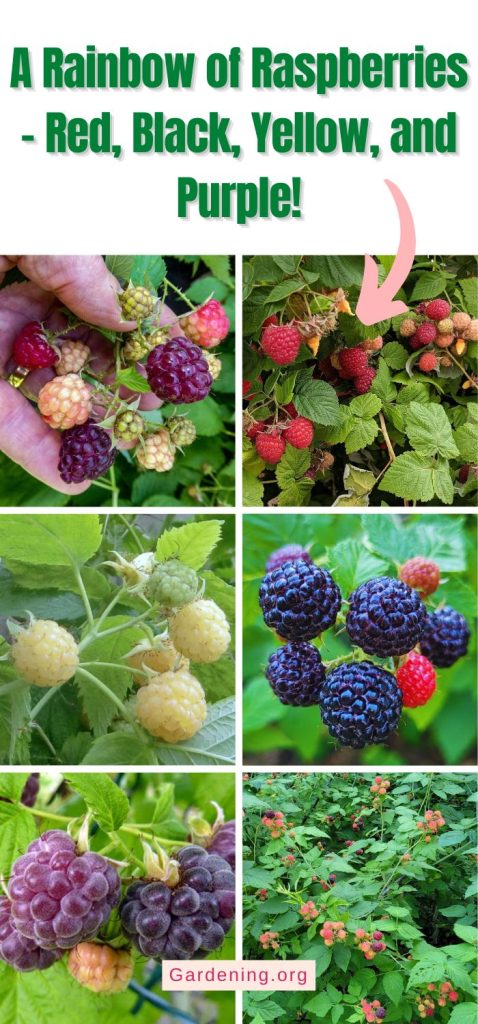

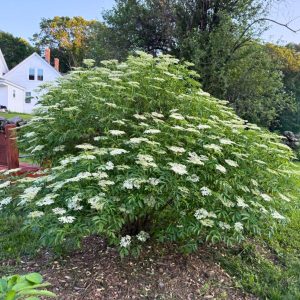
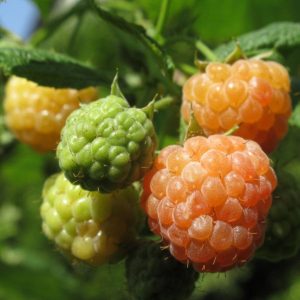
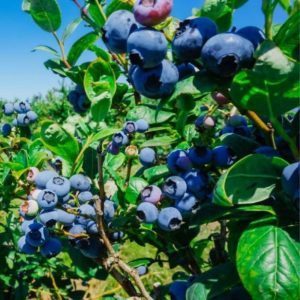
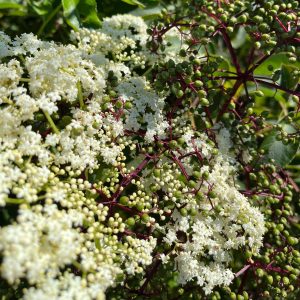
Leave a Reply